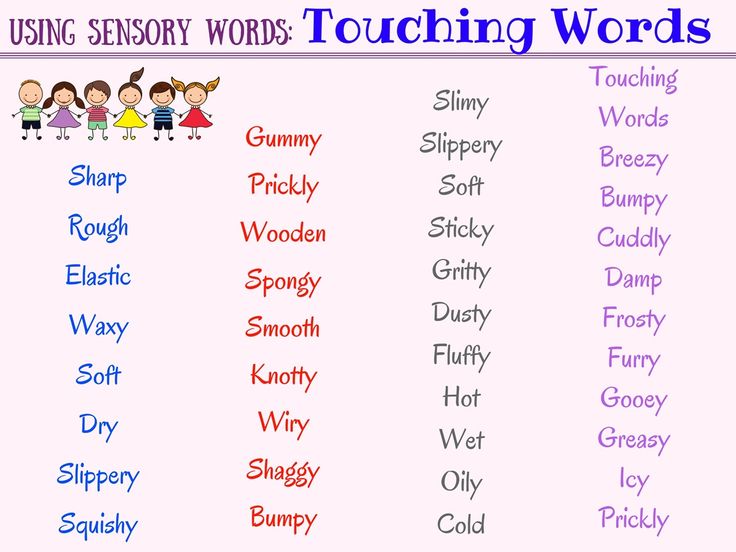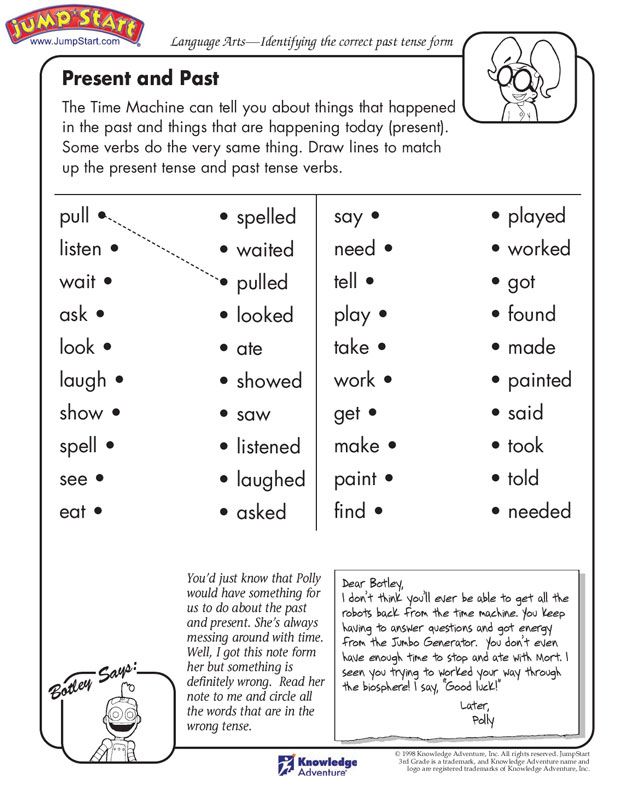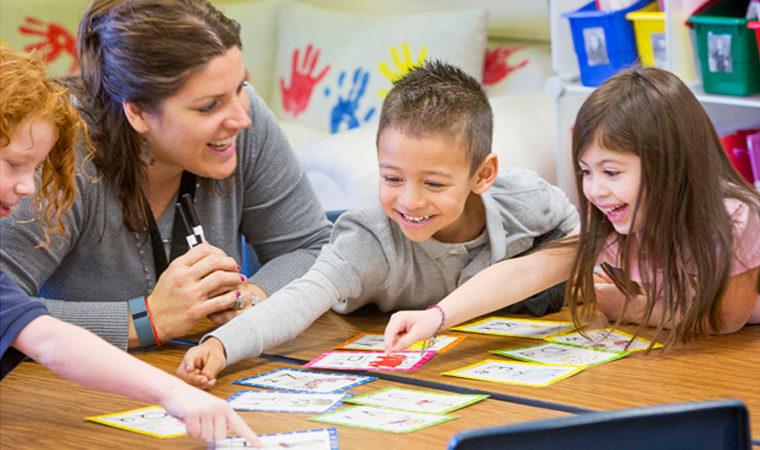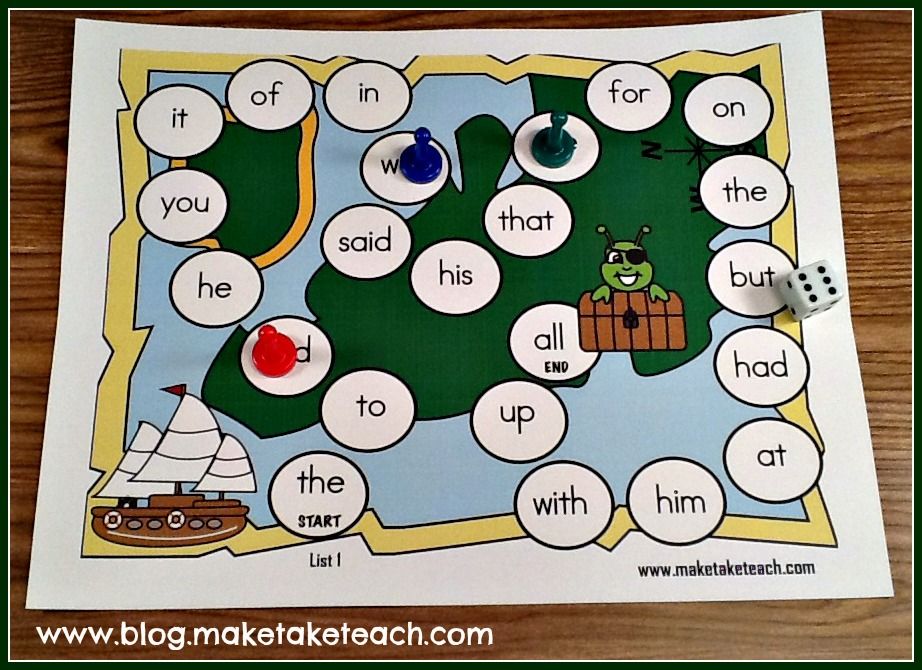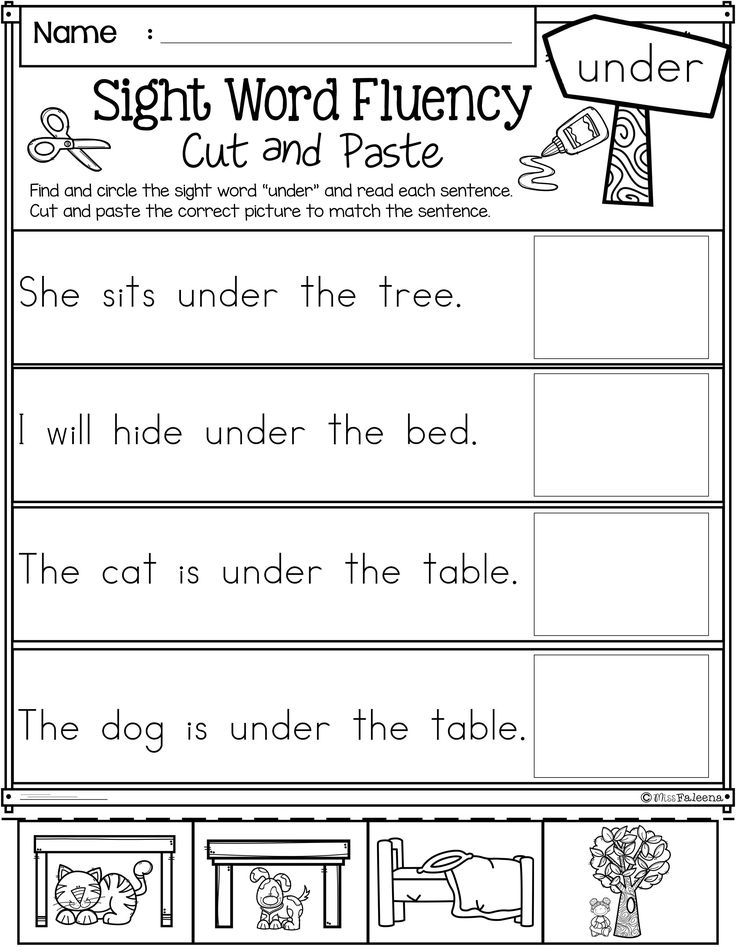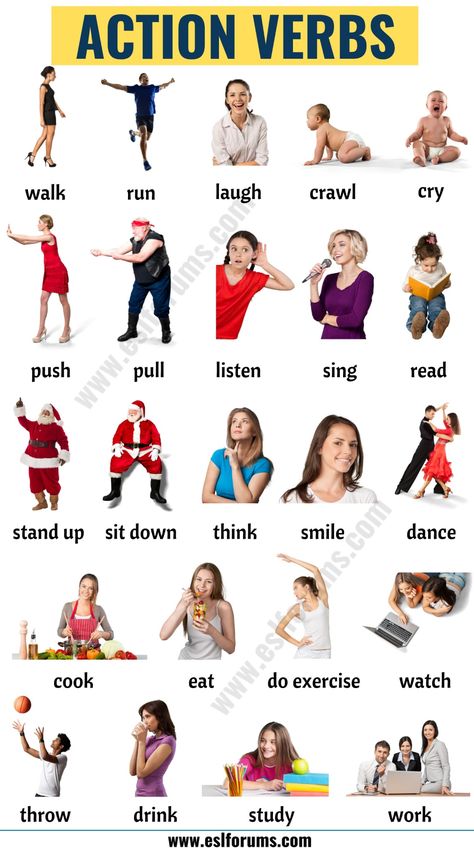Child following directions
10 Tips to Help Kids Follow Directions
Some kids with learning and thinking differences have trouble following directions. Here are 10 ideas for helping your child improve.
1. Ask for your child’s attention.
Giving directions when your child isn’t focused on you could set both of you up for failure. Ask for your child’s attention by saying, “Look toward me, please. I need you to listen now.” Some kids have a difficult time with the nonverbal aspects of language. Asking your child to look toward you, instead of looking you in the eye, takes that into account. You can make it easier by moving into your child’s line of sight.
2. Minimize distractions.
Once you have your child’s attention, you want to keep it. It can be hard for kids to hear and follow directions while they’re playing video games or when the TV is on in the background. Minimize any distractions before giving directions. Turn off the TV. Ask your child to put down the game or book.
Make sure your child is looking toward you.
You can model this behavior by giving your child your full attention when giving instructions. That also shows your child that what you’re saying is important.
3. Speak quietly.
It may be tempting to speak louder or speak over your child when there is something you need to say or get done. But you may capture your child’s attention better by speaking in a softer voice. Give directions in a calm, even tone. Kids may be able to focus more easily on the substance of what you have to say when they don’t have to process the tone and the volume, too.
4. Use “wait time.”
Teachers often use “wait time.” So do educational TV shows for kids. “Wait time” is that three- to seven-second pause after you say something or ask a question. Research shows that kids process better what you have to say — and respond to it appropriately — when they let it sink in.
Your child still may not follow directions or answer your question after that pause.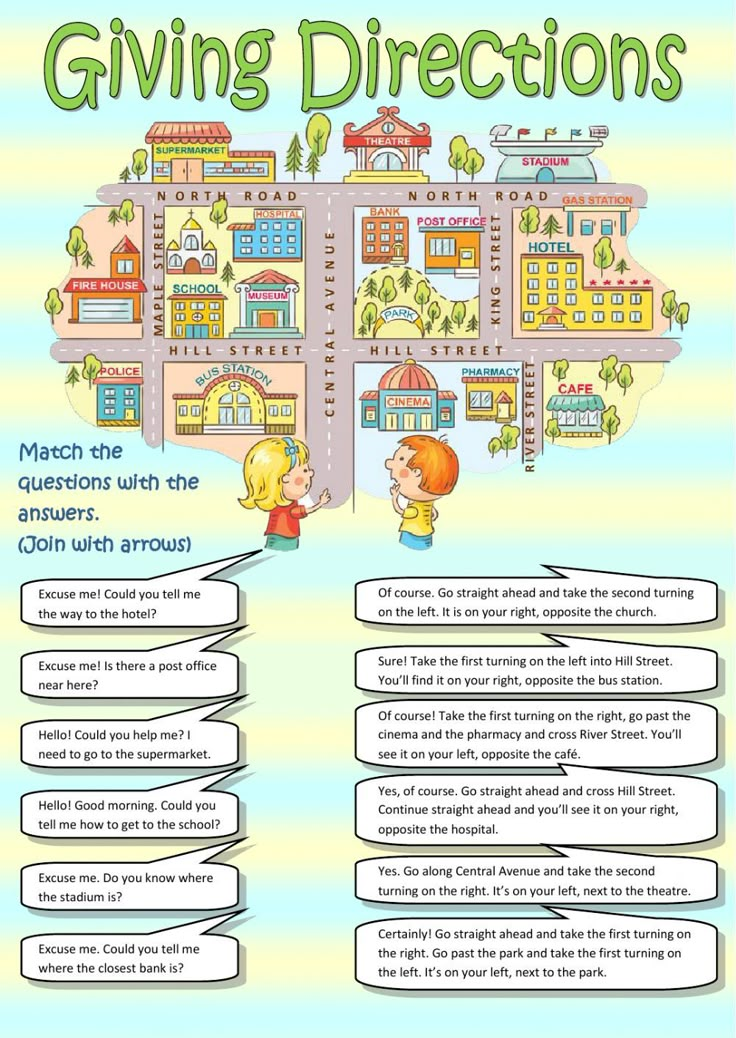 If so, it’s OK to repeat what you said.
If so, it’s OK to repeat what you said.
5. Check for understanding.
Checking for understanding goes hand in hand with giving your child some “wait time.” Ask your child to repeat your directions back to you. It’s also helpful to ask kids to explain your directions in their own words. It gives them a chance to ask questions. It also gives you a chance to clarify what you said in case your child misunderstood anything.
6. Tell, don’t ask.
Many parents phrase directions as questions, such as, “Would you set the table, please?” Kids may think they have a choice about following directions. Rephrase what you said so that you are telling your child what to do instead of asking: “Set the table, please.”
7. Give instructions one at a time.
Younger kids with learning and thinking differences may have trouble following a sequence of steps. You may say, “Please set the table, wash your hands, and tell your sister it’s time to eat.” Your child, however, might get stuck after setting the table.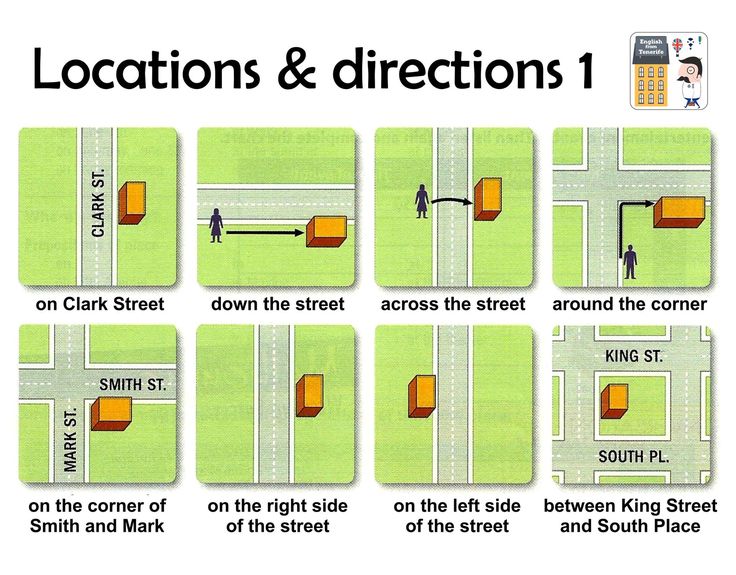 Give directions one at a time, when possible.
Give directions one at a time, when possible.
If you can’t break directions down into steps, try to group things together in ways that make sense. For example, “While you’re upstairs washing your hands, please tell your sister it’s time to eat.”
8. Number your directions.
Help your child follow multi-step directions by actually putting a number to them. Typically, people can hold up to four things in their at a time. This is easier to do when the things are connected or when there’s a way to make them more memorable.
Say things like “There are three things you need to do,” or use words like first, second, then, next, and last. That can help your child keep all the steps in mind — or at least remember that there was more to the directions.
9. Be precise in what you say.
Kids who have problems with planning and organization or language may have trouble with vague directions. You may think your child isn’t following the direction to “Please go clean your room.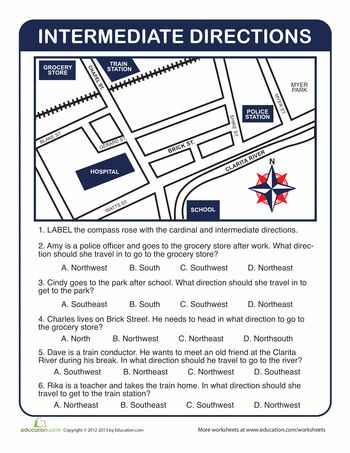 ” But sometimes kids are really having trouble figuring out how to get started.
” But sometimes kids are really having trouble figuring out how to get started.
Be specific. For example, you may get better results if you break the job into smaller tasks: “Please put your laundry away. Then pick up the trash from the floor. And then make your bed.”
10. Use visual cues.
Kids who have language processing issues can have a hard time following spoken directions. Consider using visual cues, too. For example, point out what needs to be cleaned. You can also demonstrate what you’re asking your child to do. For instance, “Please set the rest of the table the same way I’m setting this spot.”
Related topics
Following instructions
Strategies and tips
7 Core Following Directions Activities for Kids That'll Improve Listening
Inside: Quick and easy following directions activities for kids that will help them practice self-control, emotional regulation and improve listening skills.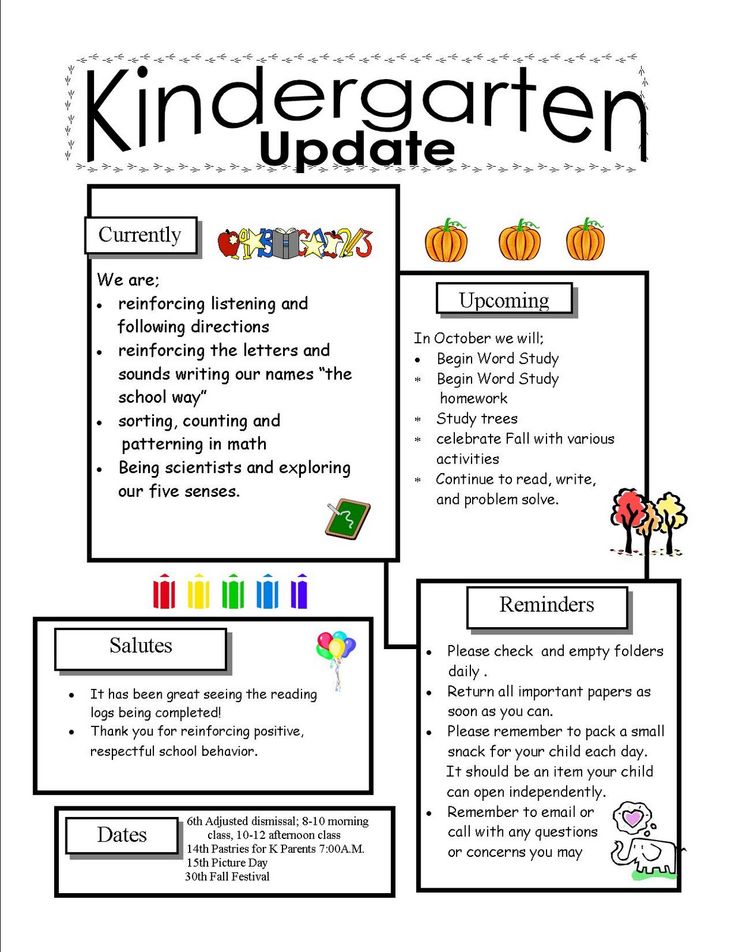
There was a joke traveling around years ago from Carrie On Y’all that said, “Maybe if I start yelling ‘Get your shoes on!’ the night before, we could get to school on time the next day.”
Honestly, the struggle is real.
Kids need A LOT of practice to learn basic life skills.
Following directions activities can support better listening skills in your child.
Teaching kids to follow directions isn’t as simple as doing a listening activity for kids, watching fairy dust shower from above, and seeing your kids transform into magical listeners.
Several years ago I was getting ready to take my son to school. He insisted—like life or death insisted—that he needed to wear his green shoes.
So I helped him find his green shoes, laid them out on the floor, and then realized I made a horrible mistake.
He shook his head and said, “No green shoes, mom. Nooo!”
In exactly two minutes, the green shoes went from being my complaining child’s most prized possession to the most horrible and disgusting shoes one could don.
Related Posts:
- 2 year old not listening? Try this remarkable tip.
- 10 Totally Awesome Tricks for Independent Kids
Teaching kids to follow directions – let’s simplify.
1. Connection first. Attention follows.
A few brief moments using SAY WHAT YOU SEE®, where you describe what your child is thinking, doing, feeling or saying, makes a big difference. This is the building block of connection, and when kids feel connected to you, they are for more likely to cooperate.
It might sound something like, “You’re drawing a picture with big green squares and red lines.”
No brainer, right? And yet, I still find myself talking to my kids without taking a brief moment for connection.
Sharing a set of instructions before you briefly connect with your child is like speaking foreign language. It can fall flat.
I know I have my child’s full attention when I have two things:
- Eye contact
- Eyes level (get down to the child’s level).
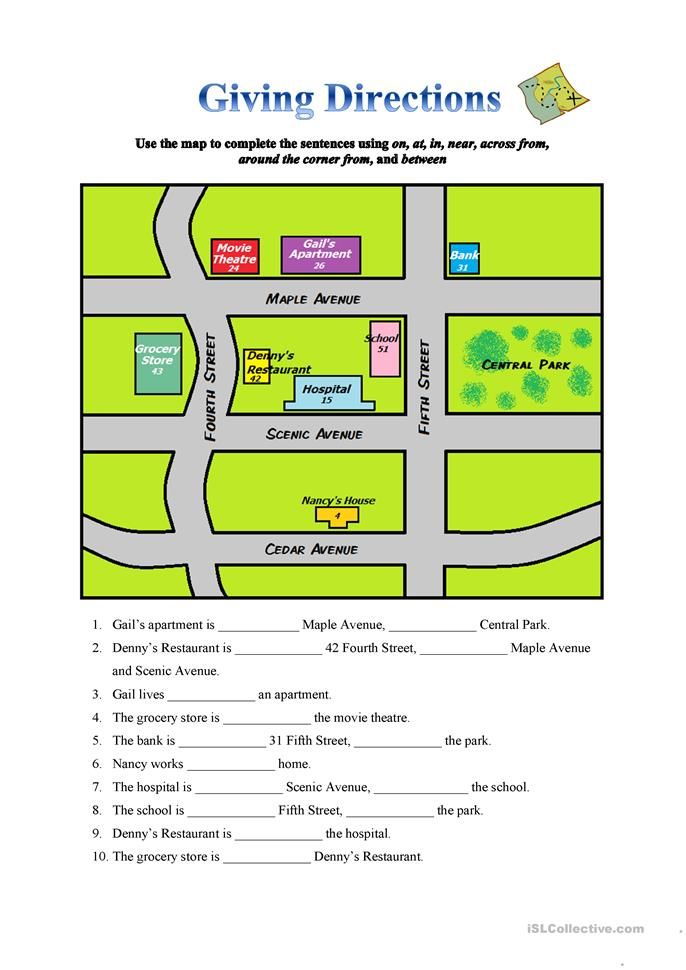
2. Be short and specific.
Kids tend to hear a lot of conversational white noise when adults are speaking to them. Say exactly what needs to be said for your child to follow your directions. Trim everything else out.
Instead of… “Hurry up. We gotta get out the door for this appointment. Get your coat lets go.”
Try… “Coat please.” Or, “You’re missing a coat.”
3. Use “wait time.”
This is a great strategy that I learned from a teacher. After giving a set of instructions to your kids, pause for 3-7 seconds to allow their brain to process and apply the information. Research shows kids are more likely to follow directions if you give them “wait time” or a hearty pause.
As adults, we are used to processing information much quicker, but kids…they take time.
Think of it this way: Keeping realistic expectations and waiting is the difference between you giving up and throwing your tea in the air vs. you calmly taking a sip of your tea while you employ “wait time.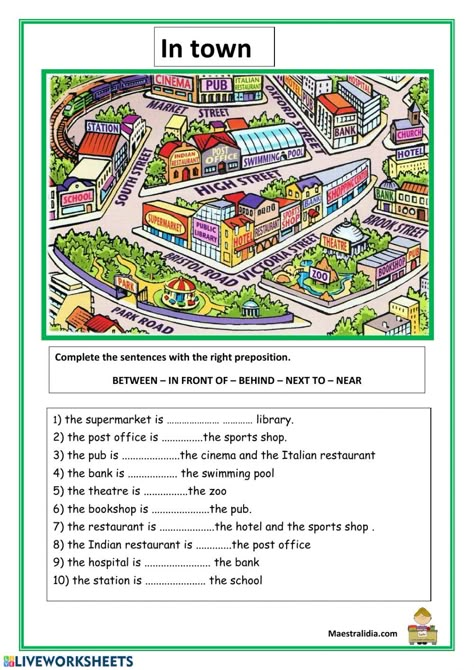 ”
”
4. Unless you are offering a choice, don’t ask.
If your directions aren’t up for negotiation, keep that door firmly closed. Offering choices is a fabulous way to help end power struggles and enjoy a happier home.
But…everything in life is not always a choice. If you can’t offer a choice within a parental boundary you feel good about, give instructions as a statement, rather than a question.
Instead of… “Can you pick up your toys?”
Try… “I see toys on the floor and it’s time to leave.”
Or if you’d like to offer a choice, you can say something like, “I see blocks and dolls. Show me which one you want to put away first.”
5. Practice using following directions activities.
In order to build great listening skills, kids need a lot of practice…A LOT.
Which makes sense! I think we all can relate to needing a lot of practice before we can get good at anything. I could tell you a few stories about burnt dinner rolls for the past five years, but that’s a story for another day 🙂
Related:
- 50+ Best Simple Games for 2 Year Olds and Up
- The Ultimate List of Board Games for 2 Year Olds
7 core following directions activities for kids.
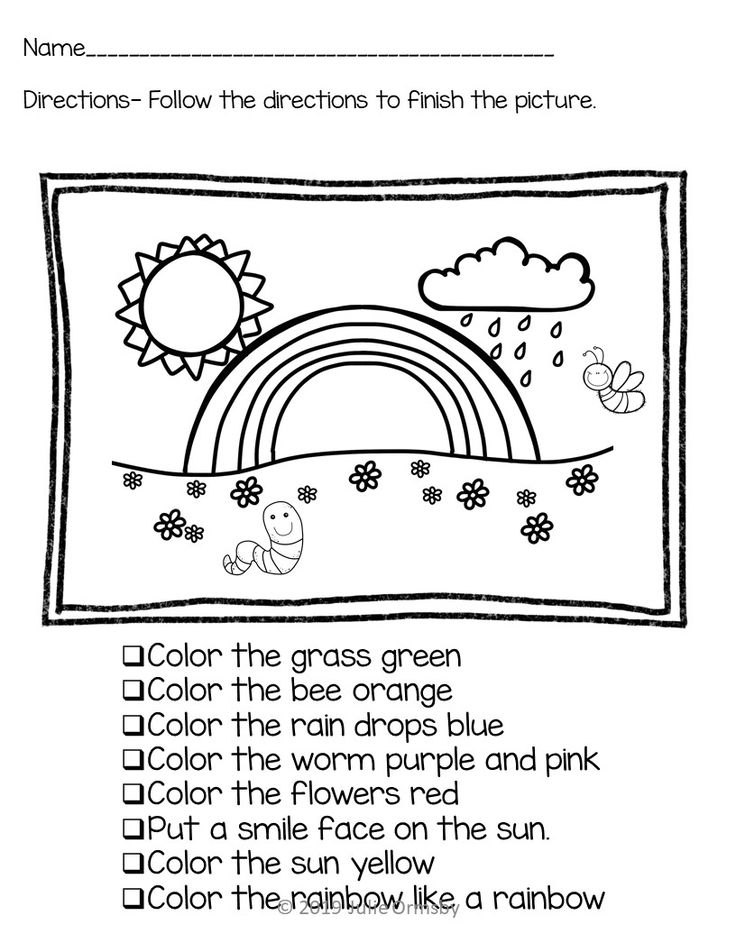
There are several good ‘ole fashioned standby games to play with kids to help them 1) Listen and hear what you are instructing and 2) Practice following the directions you shared.
1. Simon Says
One person is Simon or Elmo or Dora or Spiderman or Teacher or Whoever, and this person is the “leader.” Simon gives a set of instructions and everyone else follows. The person who doesn’t follow the instructions is “out.” And the person who follows the instructions throughout the game, wins Simon Says.
2. Red Light, Green Light.
One person is the leader who calls out “Red Light” or “Green Light.” When the leader calls out “Red Light,” everyone stops. When the leader calls out “Green Light,” everyone goes. Anyone who doesn’t stop or freeze during “Red Light” is out.
3. Follow the Leader.
Take a walk around your house or outside and whatever you (or the leader) does, everyone else must follow. This is a great game to allow your child to be the leader and have you follow your child. It’s a perfect opportunity to model following directions for your child!
It’s a perfect opportunity to model following directions for your child!
4. Map Game
Try this map game and help your kids work their way through the grid following the directions given. Practice counting and using the words left, right, forward, and backward.
5. Two-step direction games.
Do one of these 2-step direction games with your kids. This is perfect for preschoolers and above! Have your kids follow some of the 2-step directions throughout the day (e.g. Shake your head “yes” and then quack like a duck.) Brilliant!
6. Lego® Game
If you have kids who are old enough to play a board game, try this Lego Game to help your kids practice reading directions and following them.
7. Visual direction activities.
With kids, visual directions are so important! You can make life simpler and fun using visual directions for your kids, such as a printable daily schedule for kids.
- Bedtime routine cards
- Morning routine cards
- Mealtime routine cards
Using routines is a great way to support cooperation and help your kids learn to follow directions.
They are also energy saving, AND a great way to avoid yelling “Green shoes!” ten times every morning or “Eat your dinner!” six times every evening.
Grab your FREE Following Directions Checklist Here!
More popular parenting posts
- 2 Year Old Sleep Schedule to Help Kids Fall Asleep and Wake Happy
- Best Morning Routine Tips and Tricks Your Kids Will Actually Follow
- 3 Things Every Parent of a Strong Willed Toddler Should Know
- 50+ Outdoor Toys for Kids That’ll Bring Hours of Fun
- Best Summer Schedule for Kids That You Can Print and Use Daily
I've created a free email series just for you! If you are struggling with teaching your child to listen, this series will help transform your parenting. Yes, really. I've seen my proven strategies work time and time again for parents. I know it can work for you too.
After taking my free email series, you will:
- Learn simple, yet highly effective listening strategies
- Experience a stronger connection with your child
- Enjoy more peaceful parenting days
- Gain more cooperation from your child
Click here to sign up!
Are you new to this community? Start here, friend.
The child dictates his rules to his parents: how to restore a healthy hierarchy
7 reasons why a child loses trust in his parents and becomes the main one in the family , and they try to fulfill his endless demands, not understanding what is happening. How to change this strange alignment of forces in the family? This question is answered by Canadian clinical psychologist Deborah McNamara.
“Relationships between adults and children should be hierarchical. Parents should lead and kids should follow,” says Deborah McNamara. This belief is based on many years of experience working with families and knowledge of the mechanisms by which a child develops and becomes a mature person.
Full development is not possible without an attachment relationship between an adult and a child. What does a well-established relationship look like? For a small child, an adult is the one who is responsible for him and takes care of him, and therefore the child trusts him and follows his instructions.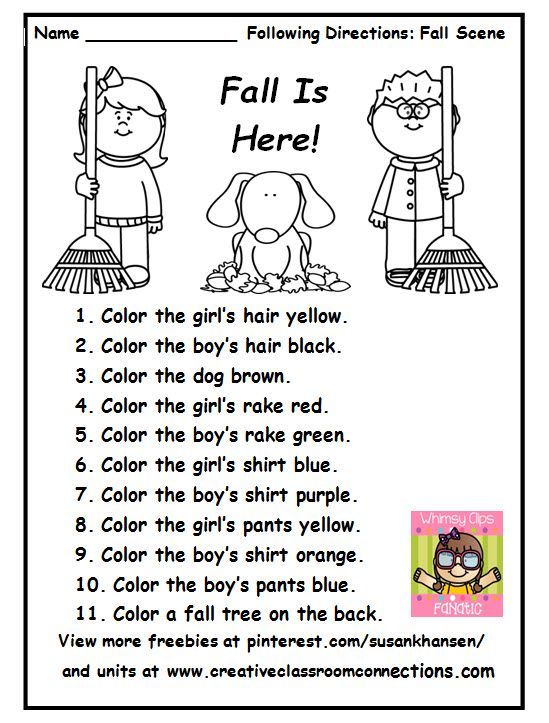 The child is given to the care of an adult, and does not dictate how care should be taken.
The child is given to the care of an adult, and does not dictate how care should be taken.
The more a child relies on an adult, the easier it is for an adult to take care of him. If there is no attachment to an adult and there is no hierarchy in relationships, then the child will not listen to anyone: neither parents, nor a teacher, nor an educator.
Deborah McNamara puts the meaning of attachment and hierarchy like this: “Right relationships open the hearts and ears of children to our influence, not the position of educator, teacher education, legal rights or authority over them.”
Who is the boss in the house?
If the hierarchy in the family is reversed and the child becomes the main one in relations with the parents, this can lead to eternal domestic war. Children who begin to command, the psychologist calls "alpha children." They are driven by an instinctive desire to point out to adults their children's needs, what kind of care they need.
Common traits of an alpha child:
- can be bossy and controlling, make demands even when interacting with peers or with those on whom he is supposed to depend;
- strives to be the first or the center of attention all the time;
- wants to dominate or dispose of in situations where this is inappropriate;
- can demonstrate superiority over peers;
- may have difficulty following instructions or asking for help;
- wants to have the last word;
- must be aware of everything that is happening, can behave like a know-it-all.
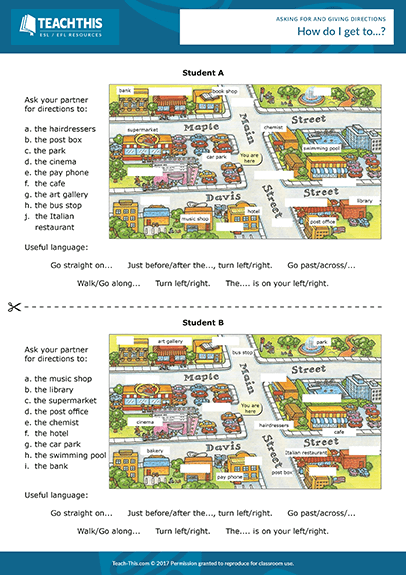
Alpha children resist any request because it seems wrong for them to depend on others. They can be aggressive and anxious because they don't feel safe. They may have nutritional problems - feeding puts them in a dependent position. Such children, according to the psychologist, “turn into restless seekers who have almost no freedom for play and personal development.”
7 reasons why a child becomes a "commander"
It is not enough for a child to feel loved by his parents. He needs not only care, but also confidence that this care will not go anywhere, that parents can be relied upon.
If the child does not feel this, he strives to become the main in the relationship, takes on the satisfaction of the need for affection. This can happen if the child ceases to feel safe next to an adult, ceases to trust him. Deborah McNamara identifies 7 reasons why children take the position of an adult.
1. Childhood experiences of parents
If a mother or father had authoritarian parents, they may indulge their child too much not to inflict the same mental wounds that were once inflicted on them.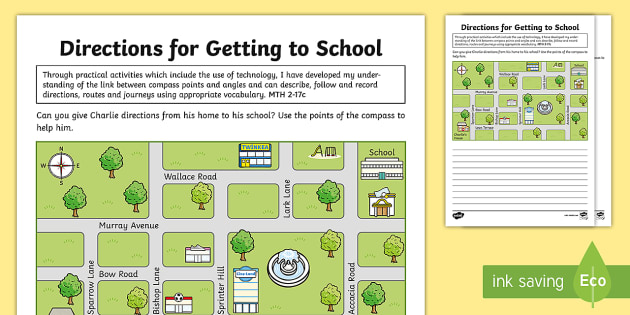 But in practice, it turns out that the parent cares about his feelings, and not about the child's need for boundaries. The psychologist advises adults to think about what suits or does not suit the child, focus on understanding his needs.
But in practice, it turns out that the parent cares about his feelings, and not about the child's need for boundaries. The psychologist advises adults to think about what suits or does not suit the child, focus on understanding his needs.
2. Care in response to the needs of the child
In a healthy relationship, parents are active: they take on the responsibility of preventing the child's needs from arising. If mom or dad is passive and only responds to demands, they make the child responsible for meeting their needs. If the child himself reports that he is hungry and wants to eat, then, according to Deborah McNamara, "the parent has already missed the opportunity to consider his need and ensure its satisfaction."
3. Equal parenting
Parents seem to try to make friends with children, consult with them on issues related to care, safety, nutrition.
In this case, the parents ask the child's opinion about what he is not yet competent in - he does not have enough experience and authority to decide whether he wants zucchini or potatoes for dinner, whether he wants to spend time with a friend or go to his grandmother.
You can't completely deprive children of choice either, Deborah McNamara points out: "Choosing clothes, bedtime stories, and toys provides enough wiggle room and flexibility to grow up on your own."
4. Frequent separations from parents
When there is too much physical separation from parents in a child's life, when the relationship is unreliable or unstable, this can lead to a violation of the hierarchy in the family. It is clear that sometimes separations are inevitable, so parents should pay attention to what kind of relationships are built between children and teachers in kindergarten, with nannies. If parents have confident and reliable substitutes, children will be receptive to care, will not try to take the main position.
5. Violence by adults and peers
A child's disobedience can lead to manifestations of physical violence on the part of parents, as well as caregivers or teachers. In this case, children no longer feel safe around adults, cannot rely on them, knowing that they sometimes lose control of themselves or are unable to negotiate with them without the use of force.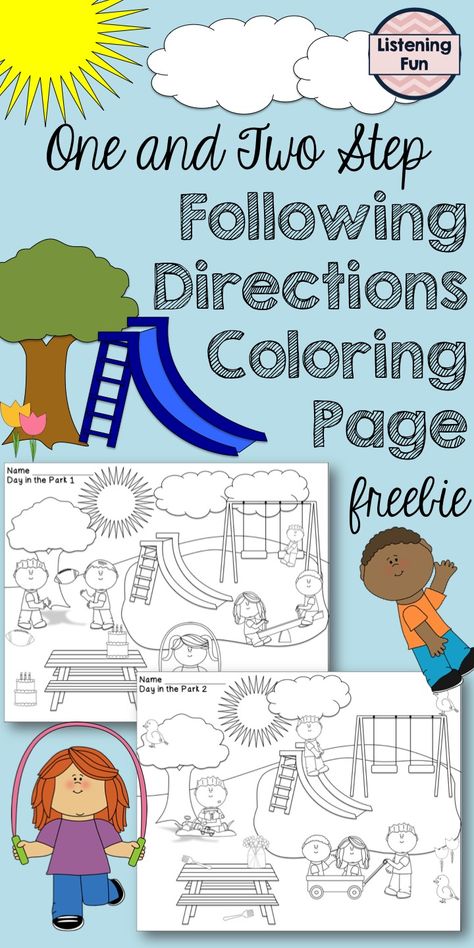
In a situation of bullying by peers (sometimes even siblings), a child needs adult help. If for some reason there is no help, if parents do not protect the child from bullying, he, experiencing emotional shock, may withdraw into himself or try to take control of the situation and protect himself.
6. Hypersensitivity
Some children react more sharply to manifestations of the world around them, they experience everything that happens to them more strongly. Because of this, they can go to extremes - violent enthusiasm in the life of such children is easily replaced by deep despair. Such reactions can drive adults crazy: “You make a tragedy out of everything!”, “You are unbearable!” “Such phrases undermine the leading role of the parent, because they show that he does not understand the child and does not know how to take care of him,” says Deborah McNamara.
7. Difficult experience
A child may lose trust in adults if he has experienced something terrible: an accident, death of a loved one, serious medical intervention.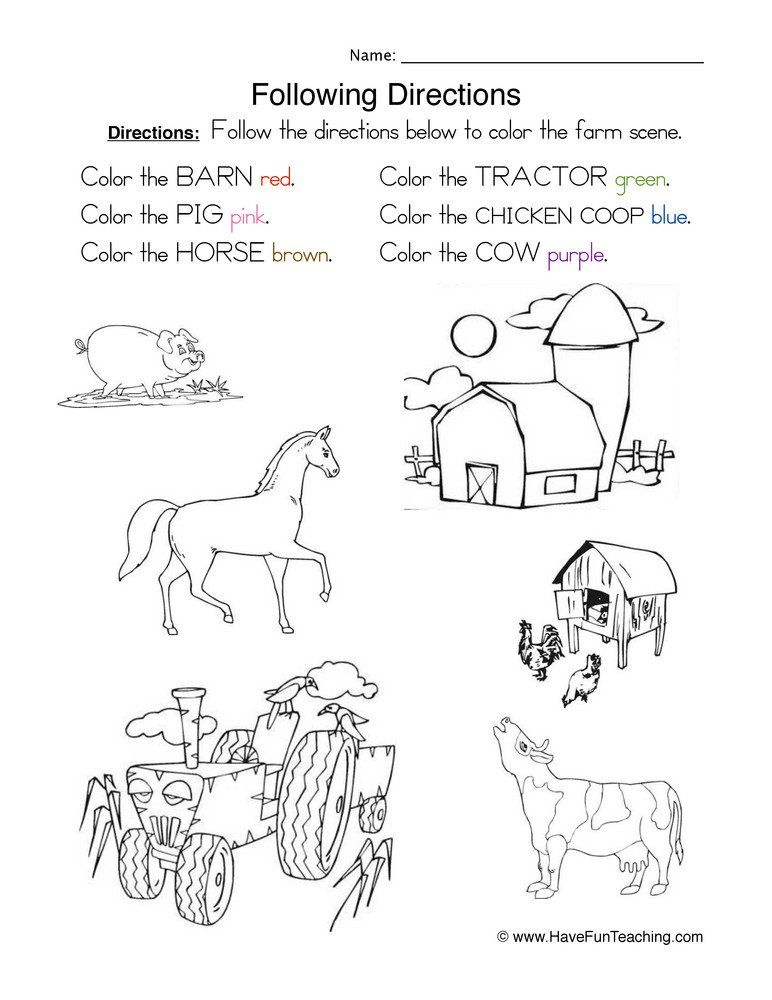 Such situations may lead him to believe that his parents cannot ensure his safety. But when an adult shows that he still cares about the child, in time he will calm down.
Such situations may lead him to believe that his parents cannot ensure his safety. But when an adult shows that he still cares about the child, in time he will calm down.
How to convince a child that you can be his support
When a child becomes a leader and because of this resists, behaves aggressively, and worries, parents are often advised to "take him into a tight rein." But the disease cannot be cured if you spend all your energy on getting rid of the symptom. The only thing that will help and give a long-term effect is the leading role of parents in relations with the child, if they manage to regain this role.
Turning the tide is possible only through warmth, generosity and the ability to set boundaries, sympathizing with the grief of the child. Only in this way can an adult convincingly show that he is the main hope and support for the child.
What does the psychologist suggest to parents to change the situation?
Take responsibility. Show your child that despite his behavior, you take responsibility for your relationship with him, you will be a reliable protection from danger in difficult and incomprehensible situations.
Show your child that despite his behavior, you take responsibility for your relationship with him, you will be a reliable protection from danger in difficult and incomprehensible situations.
Show that it's safe to be around you. It is difficult to build a trusting relationship if pressure, threats, a ban on toys, gadgets and other privileges that were previously agreed are used. It is important for children that adults do not abuse their need for addiction. “Preserving the dignity of both parent and child goes a long way in correcting an inverted relationship,” emphasizes Deborah McNamara.
Needs come first. It is hard to take care of a child who leads his parents. Therefore, the task of adults is to satisfy children's needs, not requirements. How is this practically possible? For example, an adult gives a child more than what he needs. For example, a boy demands to be dressed for a walk. Mom can say in response: “Here are your pants and socks, I know that you want me to help you get dressed.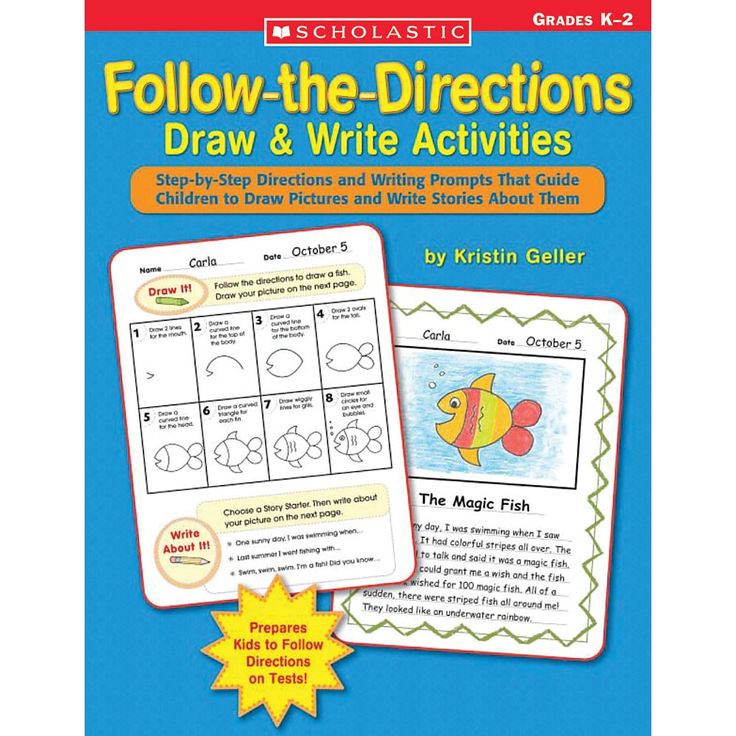 I even prepared your favorite hat.” In this case, the child will understand that the adult understands him and can be counted on.
I even prepared your favorite hat.” In this case, the child will understand that the adult understands him and can be counted on.
Offer your child an activity where he can strive for leadership or be the first. Sports section or role-playing game with peers - such an activity can be any kind of activity that will give parents and children a break from competing with each other.
Develop natural hierarchical relationships. The more time a child spends with older family members, for example, with grandparents, aunts and uncles, the more he will integrate into the family hierarchy, understand where his place is in it, get used to it.
Control manifestations of feelings, remain calm. Let the child understand that you know what he needs without consulting him; take responsibility for your choice. Hide your own fears and needs from the child, otherwise he will feel responsible for satisfying them and taking care of you.
Controlling irritation due to a child's disobedience is the most difficult task. But there is no need for adults to take children's negative behavior personally. When we raise children, patience is important, as in the garden, when we are waiting for the first shoots in the garden or the flowering of a tree - it is impossible to speed up the process.
But there is no need for adults to take children's negative behavior personally. When we raise children, patience is important, as in the garden, when we are waiting for the first shoots in the garden or the flowering of a tree - it is impossible to speed up the process.
Take the time to show you care. Situations where a child is forced to depend on adults - on a trip or at the moment of mastering a new skill - are a good reason to let him know that an adult can take care of him.
When adults raise children, they grow up themselves, says Deborah McNamara: “When parents take their rightful place in the lives of children, it gives them a sense of dignity and helps them grow up. They find the confidence to understand their children, the strength to lead them, and the courage to believe that their care is enough.”
Source:
Deborah McNamara Quiet, Play, Grow. How adults raise small children, and small children raise adults” (Resource, 2016)
Photo: Collection/iStock
Why an obedient child is bad
May 17, 2018Life
are used as synonyms.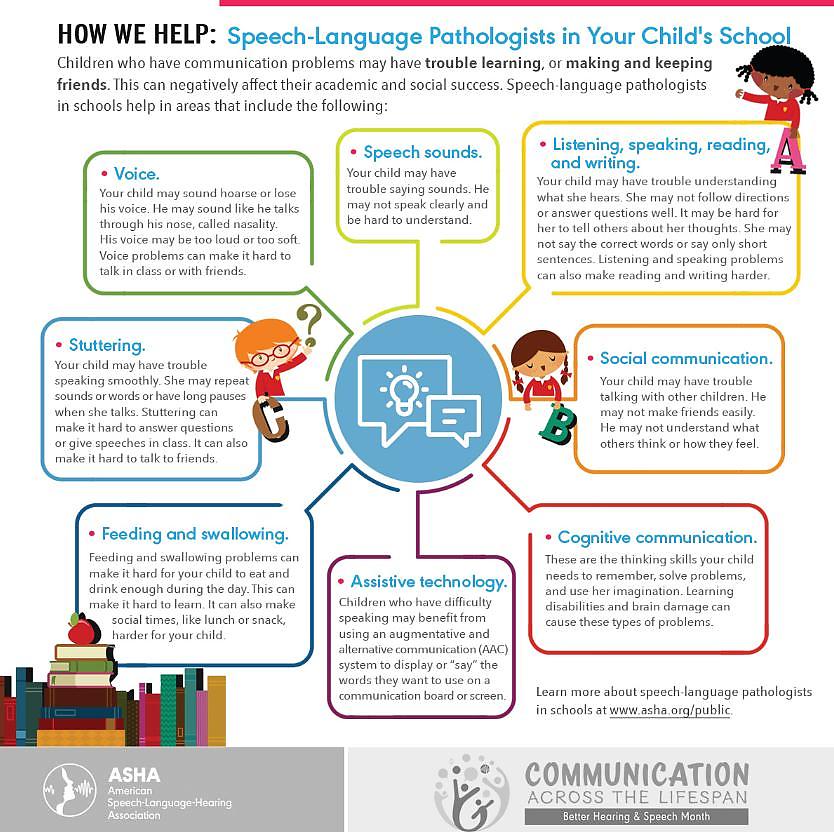 But that's not the case at all.
But that's not the case at all.
Share
0Obedience is traditionally given great importance in education. One of the most common complaints of parents: "The child does not obey me." And parents of obedient children almost never turn to specialists. But they also have cause for concern. Unquestioning compliance with all the instructions of adults is not at all the norm (as much as parents would like). Absolute obedience can be a sign of serious problems in parenting and leads to negative consequences in the future.
Lack of initiative
An overly obedient child gets used to being led. With age, this translates into an inability to be a leader or, even worse, a complete lack of initiative. The model of behavior, when adults decide everything for the child, quickly consolidates, and in the future it will be difficult for your child to make independent decisions.
What to do
Leave your child free to choose. Let him decide some questions himself: what he will eat, what he wants to play, what to watch or read.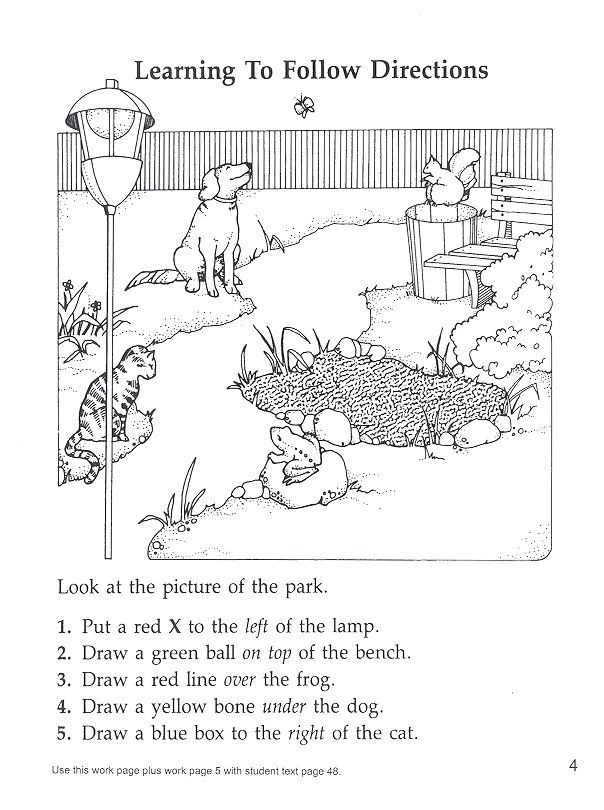 Support the baby's suggestions, let him feel that the initiative is not punishable.
Support the baby's suggestions, let him feel that the initiative is not punishable.
Exposure to other people's influence
Approximately at the age of three, a child begins a period when he realizes his desires and learns to defend them. During this period, the baby is ready to answer all proposals with the word “no”. And if this “no” meets a tough and uncompromising rebuff, then in the future it will be difficult for the child to defend his independence not only from his parents, but also from any environment.
Too obedient children find it difficult to say "no", they are not able to insist on their own.
What to do
Be sensitive to the desires of the little person, encourage their manifestation. Be respectful of your child's choice. Allow a little naughty, of course, within the framework of safe behavior. Not every “no” needs to be met with hostility.
Low self-esteem
Submission is very often combined with low self-esteem, lack of self-confidence.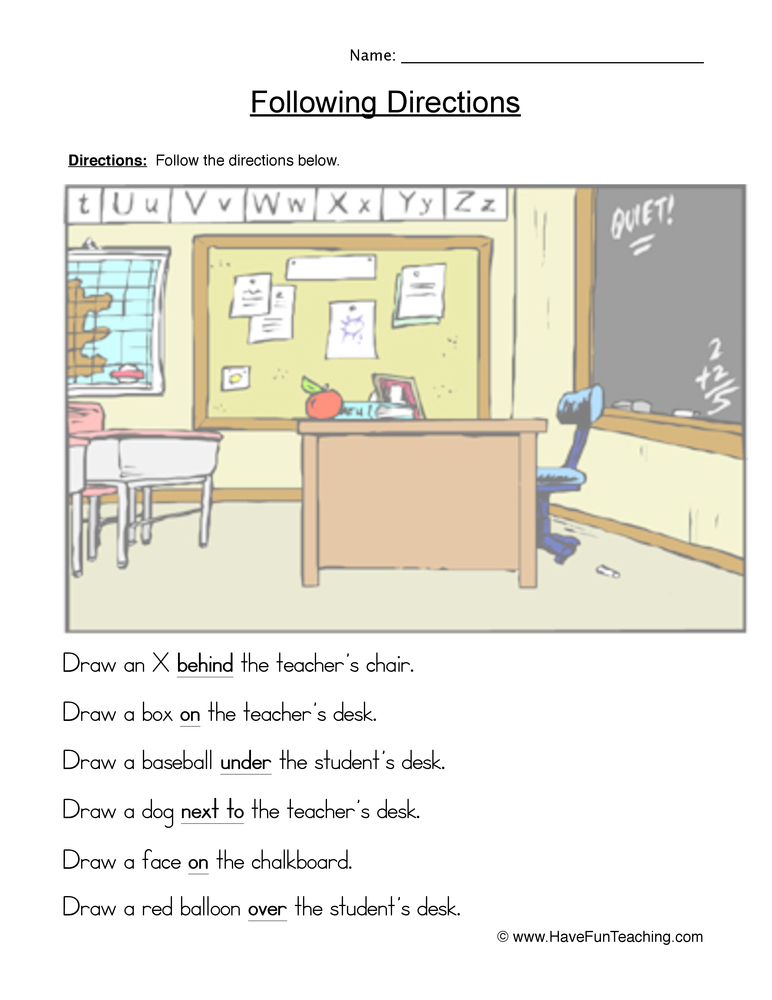 The child may believe that he is "bad", and try to earn the love of his parents by exemplary behavior.
The child may believe that he is "bad", and try to earn the love of his parents by exemplary behavior.
What to do
If parental love depends on the behavior of the child, this is an extremely abnormal situation and a huge mistake in education. Here you can not get by with simple advice, it is better to contact a specialist.
Morbidity
Too obedient children are subject to various chronic and infectious diseases. The absence of external manifestations of discontent does not mean that the child does not experience negative emotions. The need to keep everything in oneself harms even an adult, to say nothing of the child's developing organism.
What to do
Allow your child to show dissatisfaction: he does not have to be delighted with all your instructions (instructions). And also, go in for sports. The benefits of physical activity are obvious, regular sports have a positive effect on the emotional and volitional sphere of children. Naturally, without fanaticism.

